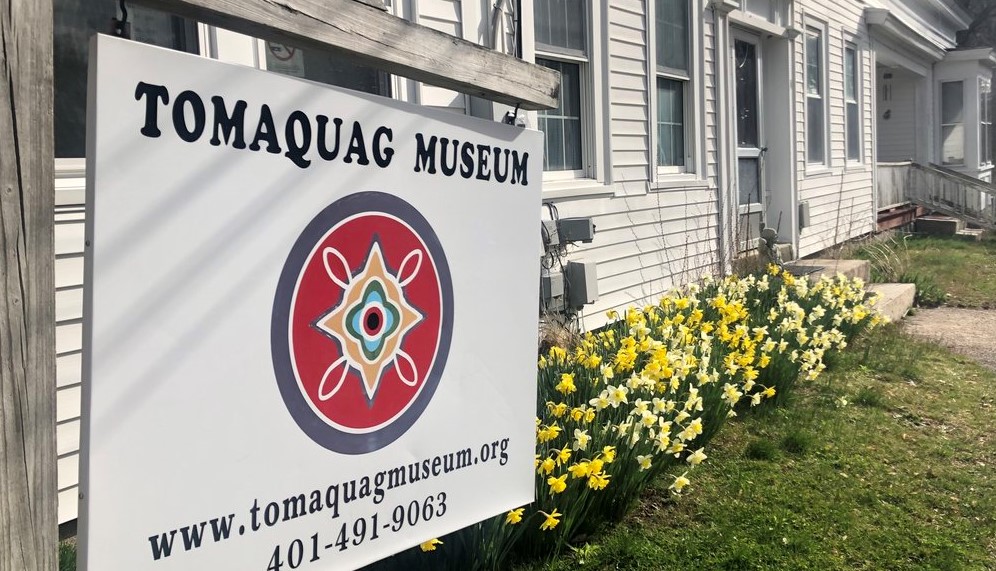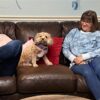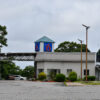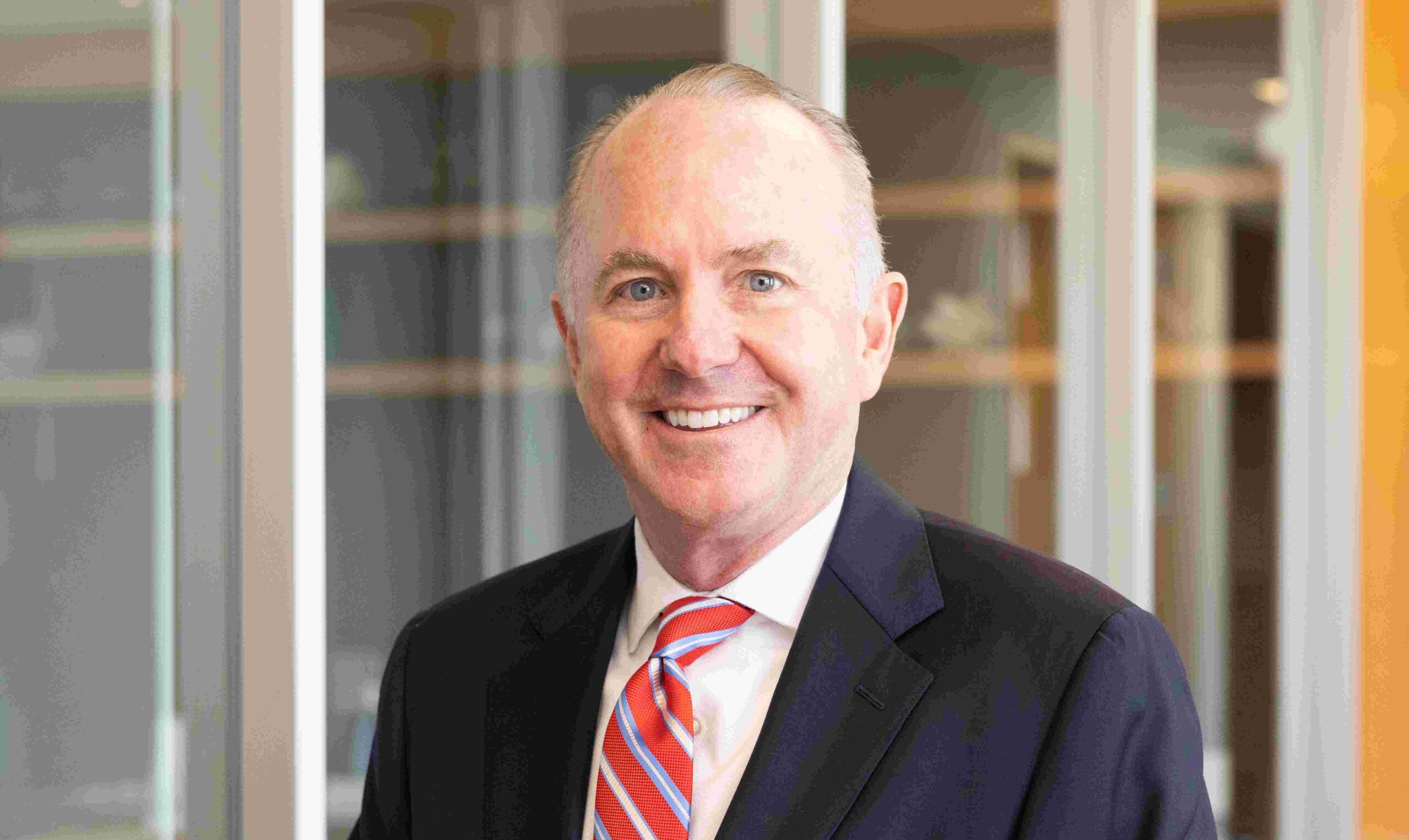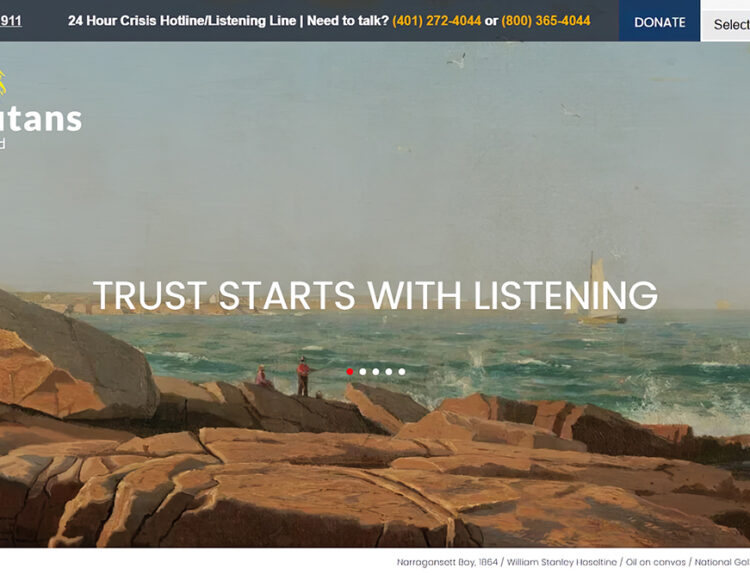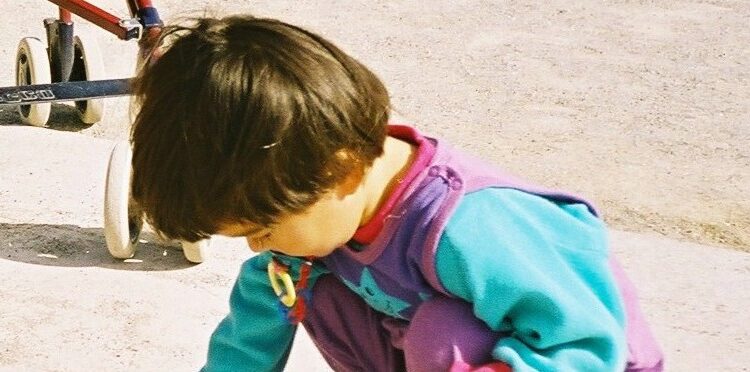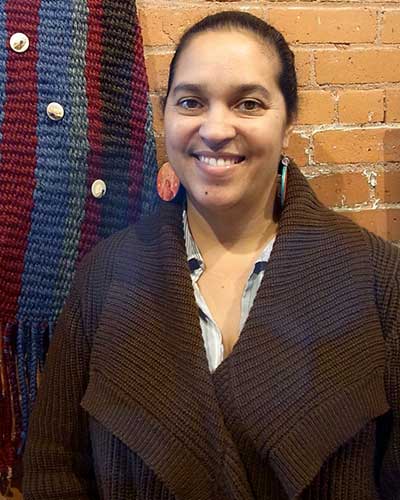
We go back many years, to when I first began covering Indigenous issues, so I’ll start with a thanks for all the help you and your staff have provided me – and the Rhode Island public. For those who might not have been as engaged, give us a brief history of Tomaquag Museum.
Kunoopeam, you’re welcome. Tomaquag Museum was founded in 1958 by Eva Butler, an anthropologist and Princess Red Wing, a Narragansett/Wampanoag leader. Together they founded this museum, giving it its first person perspective with other Native educators, such as Tall Oak Weeden and Princess Pine Needles. We have continued that first person perspective into the 21st century throughout our public programming. We provide tours and offsite programs for schools, museums, camps, libraries, corporations, and other educational institutions. We also host walking tours, focused on traditional ecological knowledge. We host art, music, and game workshops, and lecture series. Our staff has grown over the last 10 years from a volunteer staff to 14 employees. The team manages all areas of the museum from curatorial, archives, marketing and media, education, finance and fund development, and with our Indigenous Empowerment team programming, focused on job training, entrepreneurship, cultural programming, internships, fellowships, and so much more.
In addition to heading the museum, you have – and have had – many other roles, including as an educator, artist and author. Can you tell us about your background?
I came to Tomaquag Museum from my role as a classroom teacher and the Newport School system. I founded a small school here called Nuweetooun School. It was a play on words. It means “our home” in the Narragansett language. I ran that with our small team of educators for seven years and at the same time I was leading the volunteer team of the museum. That included public programs, such as our traditional thanksgivings throughout the year, tours, and other programs. I utilize my personal artistic knowledge to teach those public programs and started the arts and wellness series for the Native community where I taught basketry, beadwork, finger, weaving, pottery, and other art forms. Arts & Wellness programming still happens today. Our current series is focused on Native Youth representation through various artforms such as drawing, collage, and painting.
You spell out the museum’s mission with these words: “To educate all of our relations (everyone) on Indigenous cultures of the Dawnland (focus Southern New England) through engagement and shared dialogue to reconcile the past and empower present and future generations.” Can you expand a bit?
We just rewrote our mission, vision and values with our new strategic plan. Some meanings were implied in the old mission, and for Indigenous people assumed, but for non-native people, it was often misunderstood. In this mission, it reminds people that our goal is to educate, and when we say “all our relations”, we mean all people, but in a traditional way of thinking of “all our relations” we really mean our relationship between plants, animals, Mother Earth, and the celestials. When we are teaching about our way of life as Indigenous people, it is connected to all of that. We also want people to understand that we are still here and that our history is complicated and directly connected to the formation of the United States. We want to promote understanding through having conversations about these complex issues of historical and intergenerational trauma, as well as regarding the resilience and adaptability of our people.
Similarly, your vision is stated this way: “All our relations will understand the history and culture of the Indigenous People of the Dawnland, recognize and understand the impact of conquest and colonization on Indigenous People today, and take action to create equity. Again, can you elaborate?
Well, the reality is most people do not understand our history. They have been told a history from the conqueror’s perspective. They do not understand that there is no United States History without Indigenous people’s history and there is no Rhode Island history without Narragansett, Niantic and other first people’s history. In our vision, we hope that one day, people will understand the complexity and interrelationship of our cumulative history.
The museum offers tours. What can visitors see and do when they arrive at the museum, located at 390A Summit Road, Exeter?
We hostguided tours here at the museum for all age groups from pre-K to elders. The most popular are tours that include special workshops, such as art workshops to create corn, husk, dolls, hubbub bowl, games, or other specialized art forms. TEK walks or talks are very popular. TEK stands for traditional ecological knowledge and we go out into the landscape and discuss the uses and relationship of plants to our people sharing our knowledge regarding their uses: edible, medicinal, spiritual, technological. Students of all ages really enjoy the game tours, learning how to play, moccasin game, hubbub, or hand game. Within the museum, they can see many things, including birchbark canoes, ash-splint basketry, beadwork, traditional clothing, weaving, archival pictures & documents, photographs, awards, and many other items or belongings, as we call them. They help tell the stories of conquest, colonization, sovereignty, traditional lifeways, food systems, leadership, powwow or other celebrations, as well as the continuation of traditional knowledge, going forth to the next generations.
Tomaquag also offers Visiting Educators who travel to schools, conferences, libraries and more. Who are the Visiting Educators and what do they do?
Our visiting education team includes all of our educators. We are a small team, but travel around southern New England also known as the southern northeast if we did colonize. We also travel periodically to other states of the northeast such as Maine, New York, New Hampshire, and Vermont. In our school programs, we are helping youth to understand Indigenous culture past to present. We do many speaking engagements for conferences, corporations, libraries, and colleges. The topics are varied from 13 Thanksgivings; Beads, Trade and Survivance; Being Narragansett; Breaking the Thanksgiving Myth; Climate Justice and Indigenous Rights; Decolonizing Art; History of Southern New England Tribal Nations; Law, Representation and Rights; MMIWG (Missing and Murdered Indigenous Women and Girls); Roger Williams, the Key into the Language of America, a Narragansett perspective; TEK, in Educational Design, and so much more. Some of these are done as regular length programs and some are in-depth workshops, and others are included in Professional Development for museums, schools and other organizations.
(Hours, directions and more are at https://www.tomaquagmuseum.org/)
What is another program, “Language with Lynsea: Let’s Learn Narragansett”?
Language with Lynsea is a virtual program, it goes out biweekly teaching people the Narragansett language. You can also see Narragansett language in our Children’s Hour series both held in person and virtually. You can find many of our programs on our YouTube page. Children’s Hour targets intergenerational families to learn about Indigenous culture through storytelling, arts, music, and literature. Recently we have been doing a Story Time, monthly, where we’ve been featuring Indigenous authored books. You can find out more about that on our event page on our website. I believe our next one is featuring the book, Berry Song on Saturday, July 8 from 11 to noon and you’ll see each month’s Story Time book focus there. Chrystal Baker, our Education Manager, leads this program.
Virtual programming is extensive. Can you give us an overview of what is available?
We can do pretty much all of our programs in a virtual format. We already were doing virtual programming prior to the pandemic, but just like everyone else we honed our skills. We have provided beading workshops virtually with kits being sent out to the families or program location ahead of time. All of our lectures can be done virtually, and we have revised version of our school programming for a virtual setting. We have done food demonstrations, art talks, and storytelling virtually. We also do professional development for schools, libraries and museums, both in person and virtually.
What is the Indigenous Empowerment Center?
I founded the Indigenous Empowerment Center in 2016, although it is work we have always done. Our overarching mission is to eradicate poverty in the Indigenous community through education, cultural competency, job training, employment, small business, incubation, and addressing social justice, and building equity through Tomaquag Museum and our ever-growing list of partners. The Indigenous Empowerment Center is led by Samantha Cullen Fry our Indigenous Empowerment Manager. And it is her role to facilitate relationships creating partnerships that will be a catalyst for economic change within the Native community of Rhode Island. These partnerships focus on a variety of areas, including arts, theater, education, business development, entrepreneurship, and social justice. We support access to opportunities for the Native community such as educational opportunities, scholarships, career, opportunities, internships, and fellowships at the museum as well as at partner sites. If people want to learn more, they could check out our new docuseries, Impact Stories, which we started with our first impact story, featuring our new Indigenous Empowerment Coordinator Lynsea Montanari. There will be more as our film fellow Chloe Gardiner is able to produce. We also are hosting an Arts and Wellness series this summer that is focusing on creating art that represented birch bark tree painting, lift your voice, mixed media animal, collage silhouettes, and nature collage windows, and ends with a finale show. We also partner with the Mystic Aquarium on a Native youth summer camp. This is our second year partnering with them to create a STEAM (science, technology, engineering, art & Math) camp opportunities with an Indigenous focus on traditional ecological knowledge.
Another empowerment initiative is the Museum Shop, with online ordering and a store at the museum. Native artists are featured. Tell us more.
We have over 25 Indigenous artists collaborating in our Museum store. What is unique is that we give the majority of the funding to the artist and only take 20% to help support running the store. The museum store is an extension of the museum where you can see contemporary artists, and their work reflecting their history and culture, and representing it through various art forms. It is quite beautiful to see and reminds people that we are still here and continuing this cultural knowledge forward in the 21st-century. The items in the store vary based on the art submitted, but over the years we have had basketry, beadwork, painting, woodwork, porcupine quill work, weaving, textiles, jewelry, stone tools, painting on clothing, photography, and so much more. We also have Tomaquag branded items such as T-shirts, sweatshirts notecards, and recently in partnership with Cherokee Copper, a Native lead business, Tomaquag Logo design branded copper earrings, necklaces, bracelets, and soon to be cufflinks and bolo ties. We also support other national Native lead businesses like Eighth Generation, and have products from their business, including Native design, socks, towels, and pins. Our store also has books with a focus on Indigenous authors, our newest one by Chris Newell, If you live during the Plymouth Thanksgiving. We also have books that we partnered in like Roger Williams’ Key into the Language of America, the Tomaquag Museum addition, the First Rhode Island Regiment in the American Revolution From Slaves to Soldiers by Robert Geake with Lorén Spears and Dawnland Voices an anthology of Indigenous writings from New England edited by Siobhan Senier.
The museum has won many awards and honors. What are some of them?
Yes, in 2016, we won the Institute of Museum and Library Services National Medal, which is the highest award in the United States for service to communities and the nation by museums and libraries. We are the only museum today in Rhode Island that has received this prestigious honor. We were actually able to go to Washington DC and receive it from the former First Lady, Michelle Obama. It was certainly quite exciting. That same year, we received New England Museum Association Excellence Award and the RI Council for the Humanities Tom Roberts Prize for Creative Achievement in the Humanities. Our museum and our staff has been honored with many different awards because of the work that we do here. Most recently we received the Association of Tribal Archives and Museums’ 2022 Guardians of Culture and Lifeways Leadership Award, Mashantucket Pequot Museum’s 2022 Three Sisters Community Meesumôk Neetop Award.
The museum’s 20th Annual Honoring & Cultural Celebration will be held July 27. What is it and how can people learn more?
So for the last 20 years, we have been honoring people that have contributed to the Indigenous community in different ways. This year our event is honoring several amazing people, including Angel Smith, a Narragansett artist, who will receive the Princess Red Wing Arts and Culture Award, Danielle Greendeer, Wampanoag, who is receiving the Eleanor Dove Entrepreneur Award for her arts and arts business, Dr. Marcella Thompson, and Mr. Michael Thompson, the Kakont Philanthropic Award, Charles Smith, the Ellison, Tarzan Brown Champion Award for his work initiating the Indigenous Veterans Monument project, Jason Mancini, the Eva Butler Scholar Award for all his research on Indigenous history and lifeways, and Chief Lynn Malerba, who is the Lifetime Chief of the Mohegan Tribe, and the United States Treasurer receiving the Lifetime Achievement Award for all her work. People can learn more about it by visiting tomaquagmuseum.org and clicking be honoring 2023 button.
What else is on the horizon for Tomaquag?
This fall we will be hosting Cranberry Thanksgiving, and Nikkomo, which are part of our Thanksgiving series. They will include many opportunities to learn through storytelling, film, artist, talks, TEK walks, art and food vendors and so much more. To learn more about each visit our website event page.
We have so many amazing things on the horizon, including a new museum to be built on URI lands. We are working very hard behind the scenes to get through the pre-construction work, including architectural and engineering plans, landscape, design, exhibit design, interior design, and so much more. Stay tuned once we are through with all the regulatory approvals. We will let you know the groundbreaking date. You can take a sneak peek on our website to see some images. We are very excited for this next step in our growth as an organization.
Lorén Spears is a member of the Ocean State Stories Advisory Board.

